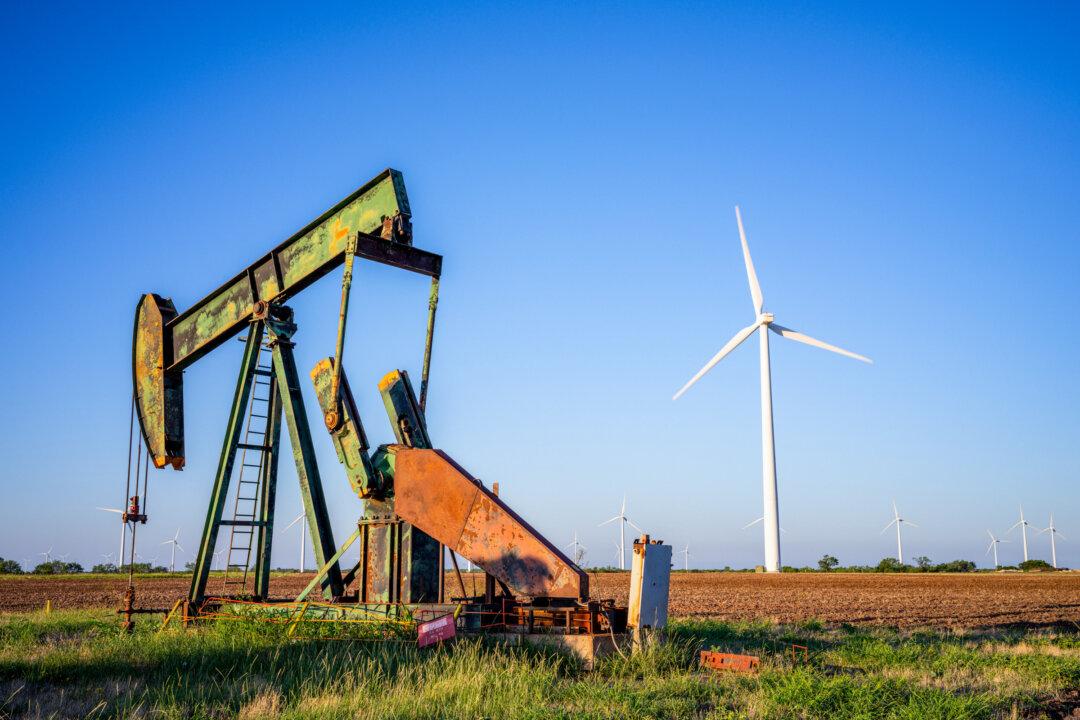The Energy Information Administration (EIA) is sticking with its previous projections that demand for domestic oil will decline in the next decade while natural gas production will flatline and non-nuclear renewable energies will continue to grow. However, it noted that these projections are based on “assumptions” that have been dramatically altered since President Donald Trump returned to the White House.
According to the EIA’s 2025 Annual Energy Outlook posted on April 15, U.S. oil production is predicted to peak in 2027 before production declines in the 2030s, with demand nearly 1 percent lower in 2050 than it is now.





